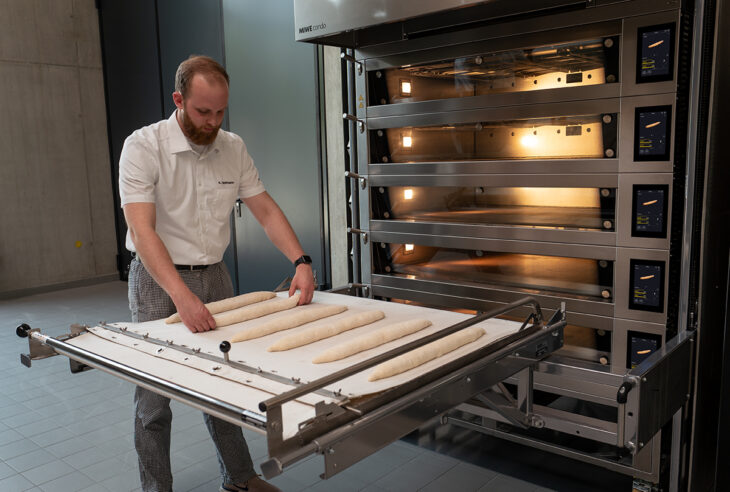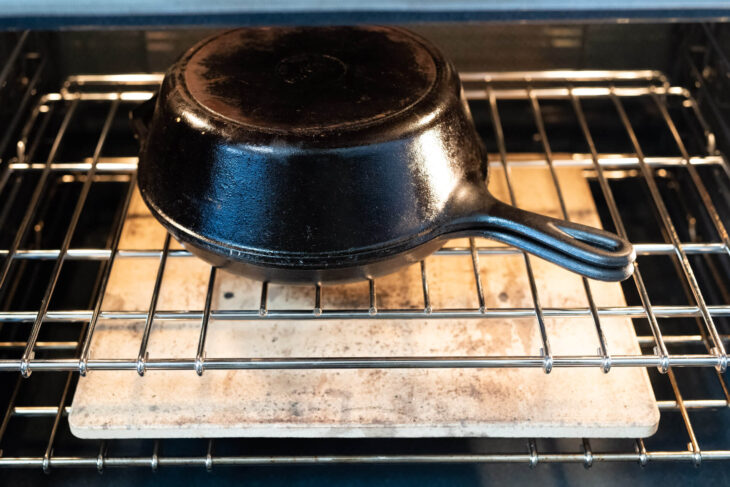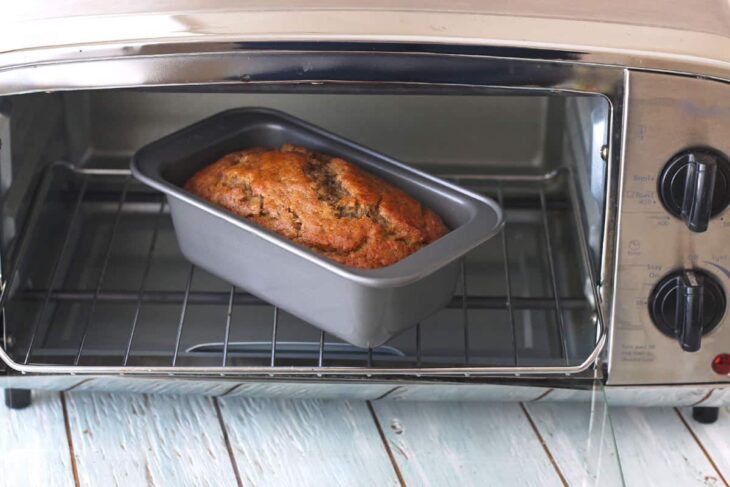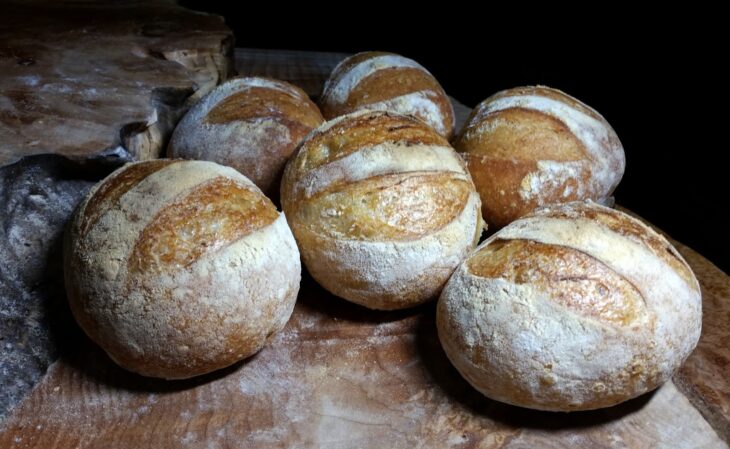Finding the right equipment when baking bread is crucial for success and arguably the most important piece of equipment in the bread making process is the oven. Artisan bakers have spent years becoming highly trained and experimenting with baked goods to perfect one of the most commonly consumed foods across the globe. In recent years there has been a huge rise in demand for artisan style baked goods and more unique experimental bakes, therefore the baking appliance and technology industry has had to expand and advance to keep up with it. There are countless types of ovens available, so how are you meant to choose? Keep reading this article in order to find out the benefits of deck ovens, rack ovens and convection ovens for baking the perfect bread.
Deck Ovens

Source: bakemag
Deck ovens are preferred by some of the best bakers in the world and therefore are in very high demand from bakeries having risen in popularity alongside the rise of artisan breads in commercial bakeries. They utilise a hot stone or deck and can be powered by both electricity or a gas-fuelled deck that generates steam to carry out the baking process and is often said to produce the best bread. The steam that is generated to allow for a consistent temperature inside and throughout the deck oven can also be controlled and adjusted throughout the baking process. The electric deck ovens are better for setting different temperatures for each deck inside the oven, making this a better option for baking a variety of different items at once. This ability to control the temperature once the bread is already baking means that most deck ovens come with an external controller with timers and temperature gages and may need more experience and skill to operate them effectively.
Additionally, the heat retention from this type of oven allows for excellent energy efficiency. This makes it an ideal investment for businesses long term as although they are expensive initially they often produce a return on investment in saving on energy bills. This consistent heat retention ideal for mass production or commercial kitchens as it allows for cooking several loaves of bread in a shorter amount of time and also prevents from having to reheat in between batches of bread. Bakers find that the deck oven preserves a perfect crust due to the hot stone or deck while maintaining the ideal texture inside the loaf ensuring consistent quality every time as they use infrared heat that can penetrate into the bread and ensure it is completely baked through on the inside.
Rack Ovens

Source: theperfectloaf
Rack ovens can be powered by both electricity and gas and can be converted between the two if needed. Rack ovens have separate shelves that can be moved in and out of a framework inside the heated chamber. One issue with the fact that these appliances have multiple moving parts is that there is an added risk of needing more frequent maintenance, which is something that can be avoided with a deck oven. These are also energy efficient as it allows for lower energy usage when not baking a full rack of baked goods. Baked goods can easily be stored inside the oven to cool until you need to bake your next batch.
Generally more compact than deck ovens these are ideal for smaller workspaces and small to medium sized businesses. However, it is possible to get larger double-rack ovens for commercial spaces. As you can add additional pieces to rack ovens to expand them into a larger rack oven it is potentially a good option for a small bakery who is looking to expand in the future if they are successful. Rack ovens have a sleek and modern look that keeps your bakery workspace looking professional.
Convection Ovens

Source: toasterovenlove
The main benefit of convection ovens is that heat movement increases inside the chamber, therefore foods can generally be baked at a lower temperature and cook faster making it ideal for bulk baking commercially. It also doesn’t necessarily need to be preheated in order to produce the best bake. All of these factors also generally makes it more energy efficient as it doesn’t require as much power to reach a higher temperature. Artisan bakers claim that convection ovens produce a better crust as the faster cooking produces a crispier outside. However, sometimes it has been found that because the outside cooks so fast the inside is often left undercooked; especially in recipes that require a rise. Bakers have also claimed that convection ovens have ‘hot spots’ towards the front of the chamber and may therefore produce an uneven bake. Due to this, they may require more attention while baking as your loaves may need turning or moving throughout the baking process. While this may be okay for a home baker or small start-up business, this may be an issue for larger businesses as it reduces efficiency of production speeds.
Convection ovens may be a good choice to invest if you’re looking to save space and money by using it for other foods alongside baked goods, as it is highly regarded for being an ideal way of cooking meats and other restaurant type items.
Which option is better?

Source: thibeaultstable
When comparing these three types of oven it can definitely be argued that they all have their benefits. Deck ovens have the best balance of quality and quantity that is ideal for large commercial baking in bulk, while remaining energy efficient. Rack ovens can be equally as good for smaller to medium sized bakeries especially if looking to expand in the future but sometimes requires more maintenance. Alternatively convection ovens may not be an ideal choice for commercial bakeries but can be effective for personal use and small batches. It is extremely important to thoroughly research and compare all of your available options to find the perfect product for you.
